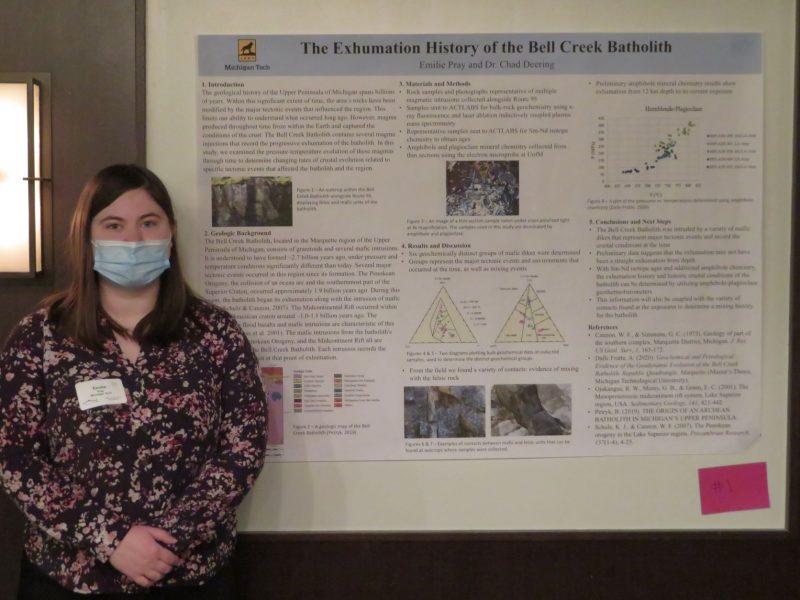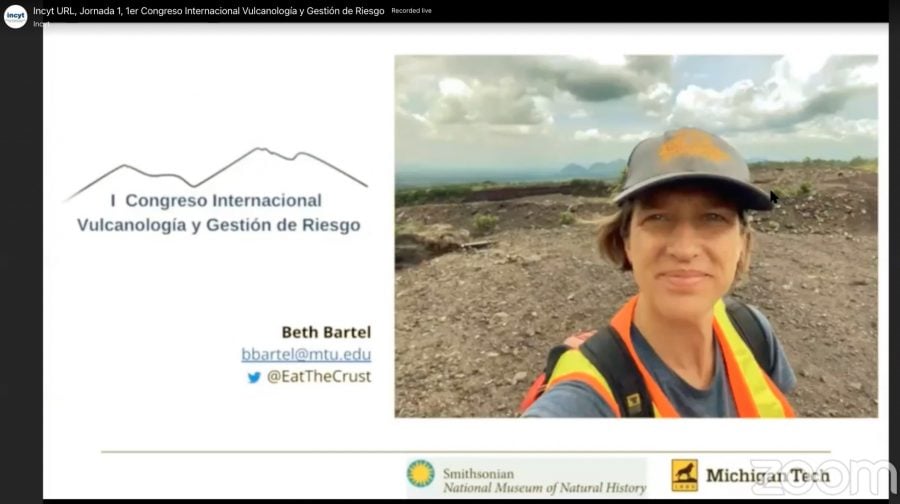Emilie Pray, a geology senior in the Department of Geological and Mining Engineering and Sciences (GMES), won first place in the American Institute of Professional Geologists (AIPG) Michigan Section Annual Student Poster Contest.
Pray’s poster was titled “The Exhumation History of the Bell Creek Batholith.” Her research has been advised by Chad Deering (GMES).
Michigan Tech doctoral students Gustavo Béjar and Beth Bartel gave invited talks at the I Congreso Internacional Vulcanología y Gestión de Riesgo en Guatemala (1st Volcanology and Risk Management Congress in Guatemala), held Nov. 4-5. Both Bejar and Bartel are studying volcanic hazards. Both are co-advised by Research Assistant Professor Rudiger Escobar Wolf and Professor Greg Waite.
The virtual meeting was hosted by the Universidad Rafael Landívar in Guatemala City.
Béjar’s presentation was titled “Generación de un catálogo de lahares para el Volcán de Fuego” (Generation of a catalog of lahars for Fuego Volcano). An international student from Ecuador, Béjar came to Michigan Tech in 2020 via Whitman College in Walla Walla, Washington. He also hold a BS from Yacay Tech University in Ecuador.
Bartel spoke on “Comunicación de Peligros” (Hazard Communication). She came to Michigan Tech from UNAVCO in Boulder, Colorado, where she worked for 17 years, first as a field engineer and most recently as a science communication and outreach specialist. Bartel has an MA in Journalism and Mass Communications from University of Colorado at Boulder, an MS in Geophysics from Indiana University Bloomington, and a BA in Geology from Whitman College.
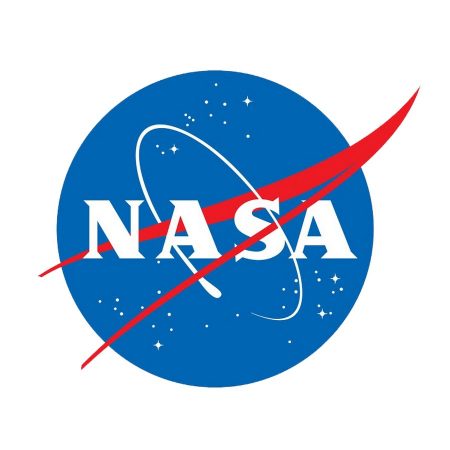 Simon Carn is the principal investigator on a project that has received a $325,000 research and development grant from the National Aeronautics and Space Administration.
Simon Carn is the principal investigator on a project that has received a $325,000 research and development grant from the National Aeronautics and Space Administration.
The project is entitled, “Tracking Volcanic Gases from Magma Reservoir to the Atmosphere: Identifying Precursors, and Optimizing Models and Satellite Observations for Future Major Eruptions.”
This is a potential three-year project.

The Department of Geological and Mining Engineering Sciences (GMES) announced that master’s student Daniel J. Lizzadro-McPherson’s talk, “Remapping the Keweenaw Fault and Discovery of Related Structures in Michigan’s Historic Copper District,” was awarded the Best Graduate Oral Presentation from the Geological Society of America’s (GSA) 2020 North-Central Section Meeting, held online this past May 2020.
The talk was featured in the Unique Geology and Geoheritage of the Lake Superior Region Session led by Erika Vye (GLRC), William Rose (GMES), Jim Miller, and James DeGraff (GMES).
Lizzadro-McPherson presented on the history of mapping the Keweenaw Fault and the current remapping efforts aimed at understanding this complex fault system in northern Keweenaw County. For more information about this project or to receive a link to the virtual presentation please email djlizzad@mtu.edu.
Explore the eight presentations in the session by Michigan Tech researchers:
- REMAPPING THE KEWEENAW FAULT AND DISCOVERY OF RELATED STRUCTURES IN MICHIGAN’S HISTORIC COPPER DISTRICT
- ANALYSIS AND INTERPRETATION OF FOLDS AND FAULT SEGMENTS ALONG THE KEWEENAW FAULT SYSTEM, MICHIGAN
- KEWEENAW SHORELINES: SHALLOW WATER SCIENCE, HISTORY, EDUCATION AND GEO TOURISM + YouTube Video
- GEOHERITAGE AND THE ARTS: BUILDING AWARENESS USING THE KEWEENAW MINES + YouTube Video
- DIGITAL CAPTURE AND PRESERVATION OF HISTORIC MINING DATA FROM THE KEWEENAW COPPER DISTRICT, MICHIGAN
- TEACHING THE GEOLOGIC HERITAGE OF MINNESOTA’S NORTH SHORE AT THE NORTH HOUSE FOLK SCHOOL, GRAND MARAIS
- SHIPWRECK EXPLORATION WORKSHOP IN NEARSHORE KEWEENAW WATERS
- CONNECTING RESEARCH AND COMMUNITY – A KEWEENAW LAKE SUPERIOR NATIONAL MARINE SANCTUARY
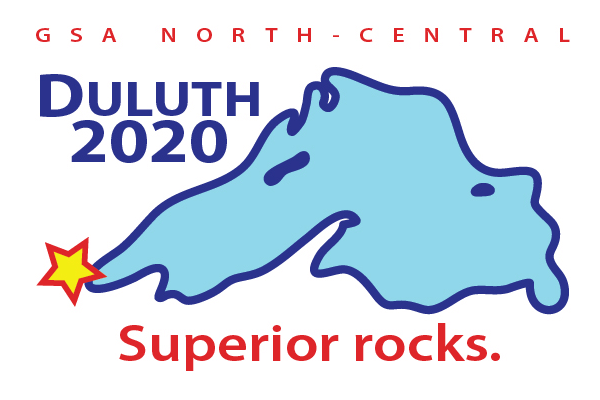

Aleksey Smirnov (GMES) was named one of the American Geophysical Union’s Outstanding Reviewers of 2019. Smirnov was cited for his service to Geophysical Research Letters.
In 2019, AGU received over 16,700 submissions and published over 7,000. AGU is working to highlight the valuable role of reviewers through events (though they may be virtual) at the Fall Meeting and other meetings.
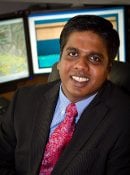
Thomas Oommen (GMES/EPSSI) is the principal investigator on a project that received a $41,167 research and development contract with the University of Nebraska-Omaha.
The project is titled “Flood Hazard Map to Water Management & Planning.” This is a one-year project.
By Sponsored Programs.

Simon Carn (GMES/EPSSI) is the principal investigator on a project that has received a $117,411 research and development grant from the National Aeronautics and Space Administration.
The project is titled “Multi-Decadel Trends in Volcanic Emissions: Extending the Aura Record into the Past and Future”. This is a potential three-year project totaling $375,789.

Aleksey Smirnov (GMES) is a co-author on the paper “Paleomagnetic evidence for modern-like plate motion velocities at 3.2 Ga” published in Science Advances on April 22, 2020. This collaborative study (with Harvard University and Yale University) demonstrates that the drifting of tectonic plates (plate tectonics) may have started at least 3.2 billion years ago, earlier than previously thought.
Extract
When plate tectonics began
This process may have been underway over 3.2 billion years ago.
Plate tectonics has been the dominant surface geodynamical regime throughout Earth’s recent geological history. One defining feature of modern plate tectonics is the differential horizontal motion of rigid lithospheric plates
The mode and rates of tectonic processes and lithospheric growth during the Archean [4.0 to 2.5 billion years (Ga) ago] are subjects of considerable debate. Paleomagnetism may contribute to the discussion by quantifying past plate velocities.
While plate tectonics have characterized Earth’s geodynamics in recent geologic time, it is unknown whether long-range horizontal motion of lithospheric plates occurred before ~2.7 Ga. Resolving this uncertainty would fundamentally contribute to understanding the formation settings of Earth’s earliest crust and nascent biosphere and the evolution of geodynamics in terrestrial planets in general.
Citation
Paleomagnetic evidence for modern-like plate motion velocities at 3.2 Ga
BY ALEC R. BRENNER, ROGER R. FU, DAVID A.D. EVANS, ALEKSEY V. SMIRNOV, RAISA TRUBKO, IAN R. ROSE
Science Advances 22 Apr 2020:
Vol. 6, no. 17, eaaz8670
DOI: 10.1126/sciadv.aaz8670
Archean basalts from the Pilbara Craton, Western Australia record the oldest long-range lithospheric motion identified to date.
James DeGraff (GMES/EPSSI) is the principal investigator on a project that has received a $83,995 research and development cooperative agreement with Western Michigan University. This project is titled, “Bedrock Map, Dickinson County Quadrangle and Portions of Quadrangles, Earth MRI Project (Carney Lake, Felch, Foster City, Vulcan, Waucedah, Faithorn, and Cunard, 7.5 Minute Quadrangles), Central UP Michigan.”
Aleksey Smirnov, (GMES/EPSSI) and Chad Deering (GMES/EPSSI) are Co-PI’s on this potential two-year project.
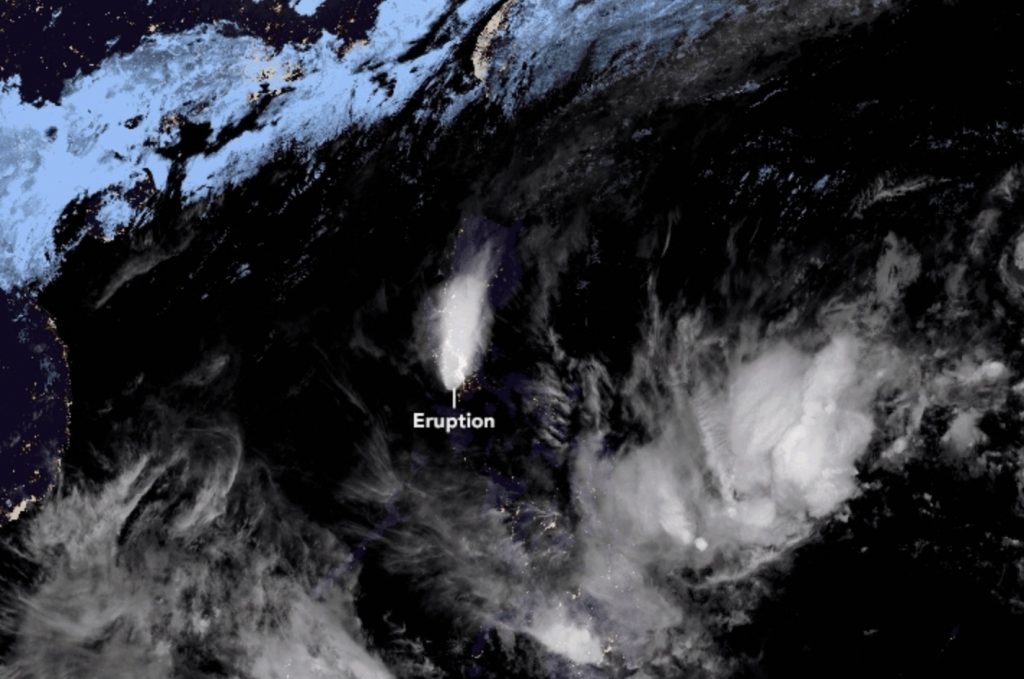
Simon Carn (GMES) was quoted in the article “Map shows Taal Volcano spewing sulfur into atmosphere,” in the Philippine Star. Carn was also quoted in “Taal volcano eruption: NASA satellite scans reveal TOXIC sulphur clouds spewing from Taal,” in the Express (UK).
Although the levels of SO2 released by Taal have so far been tolerable, Michigan volcanologist Simon Carn fears more of the toxic gas could be still be released.
He said: “However, it is possible that the Taal eruption could continue and produce more SO2 in the coming days.”
Read more at Express (UK), by Sebastian Kettley.
In the News
Simon Carn (GMES) was quoted in the story “Huge Taal volcano eruption is seen from SPACE by Japan’s satellite,” in the Daily Mail (UK).
Carn was quoted in the story “The Taal Eruption Looks Even More Massive When Seen From Space,” in spot.ph.
